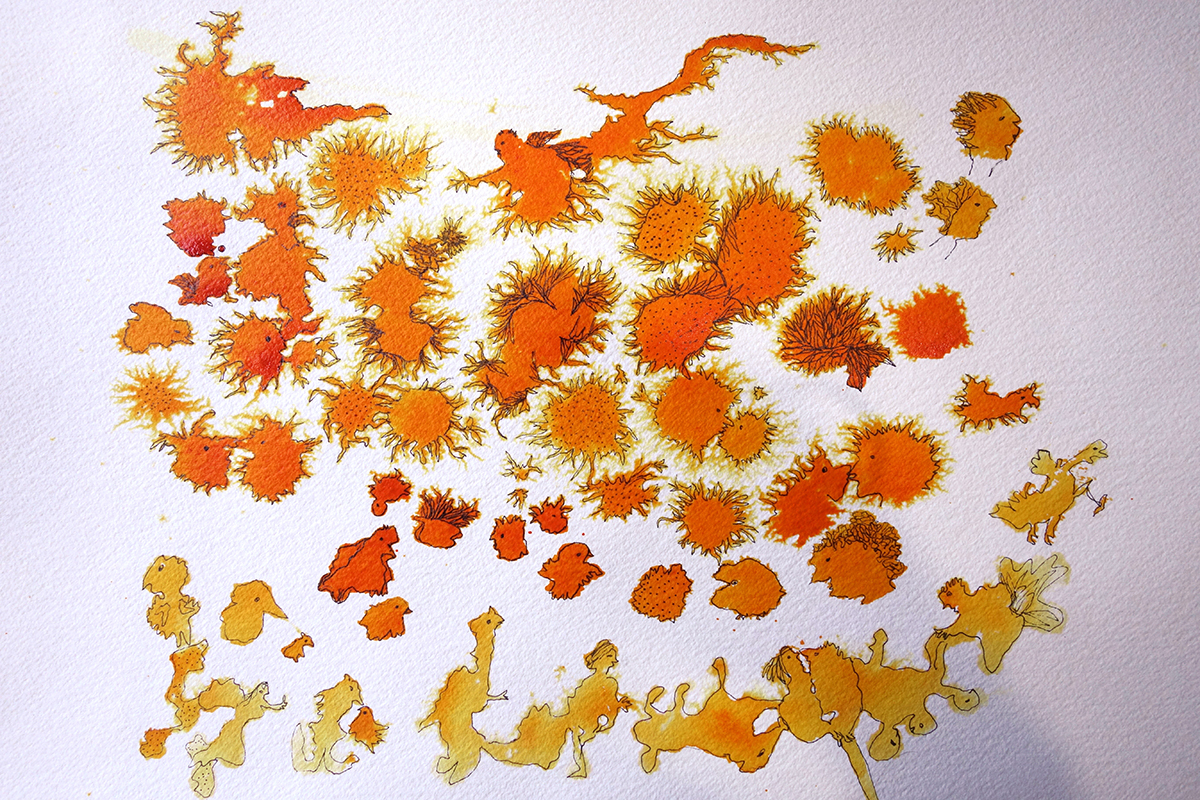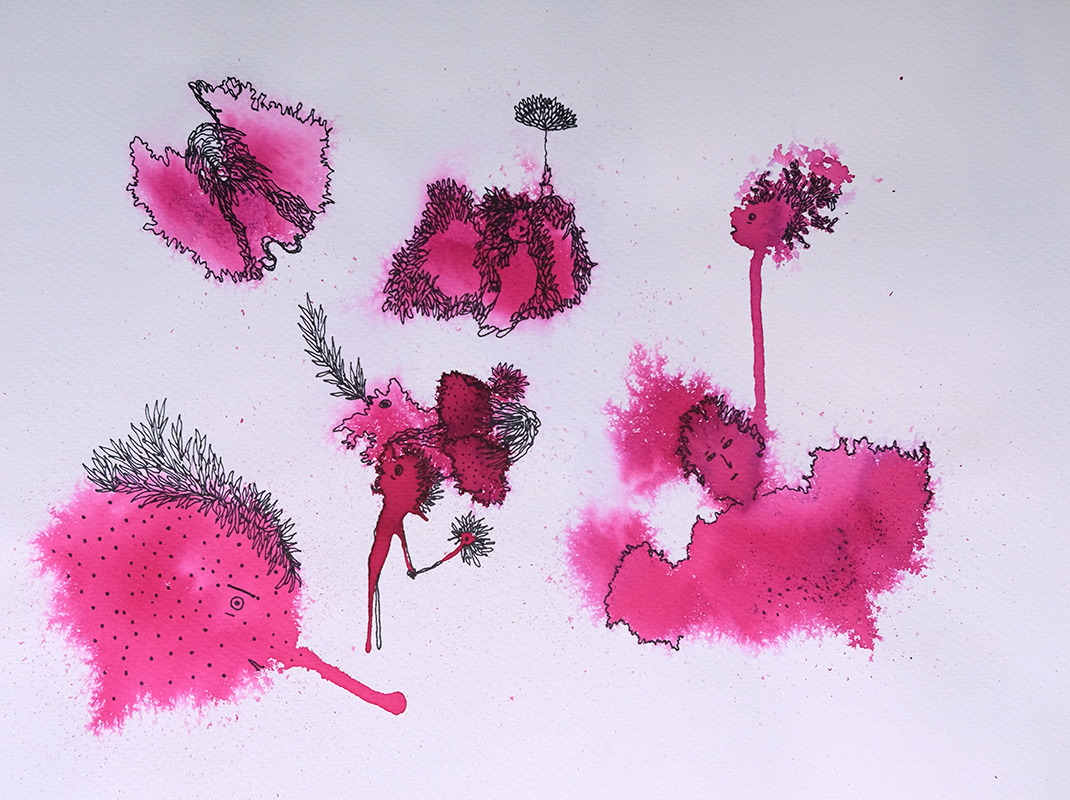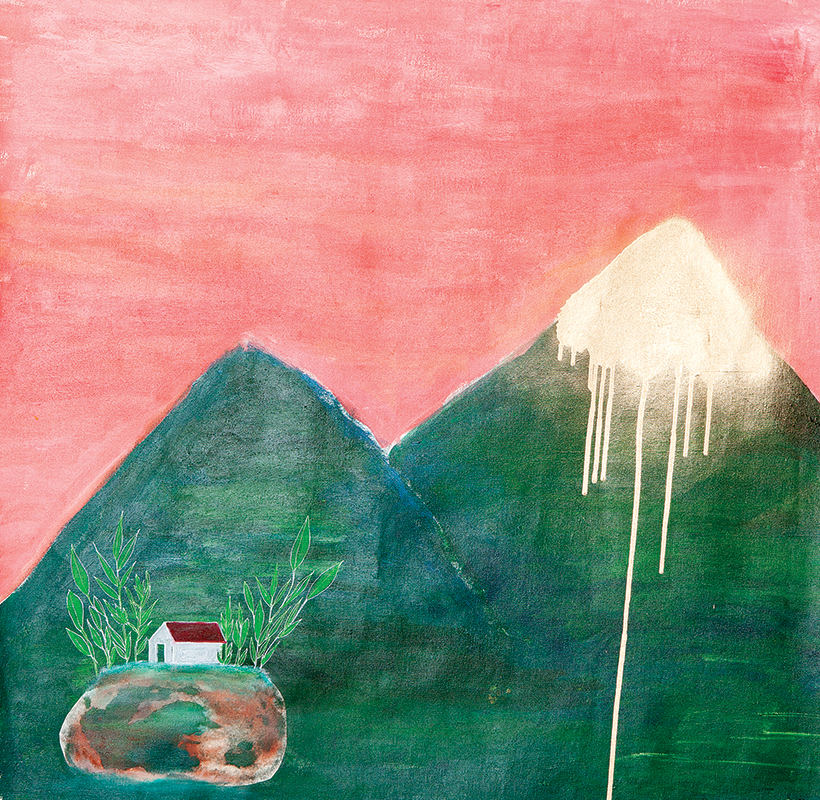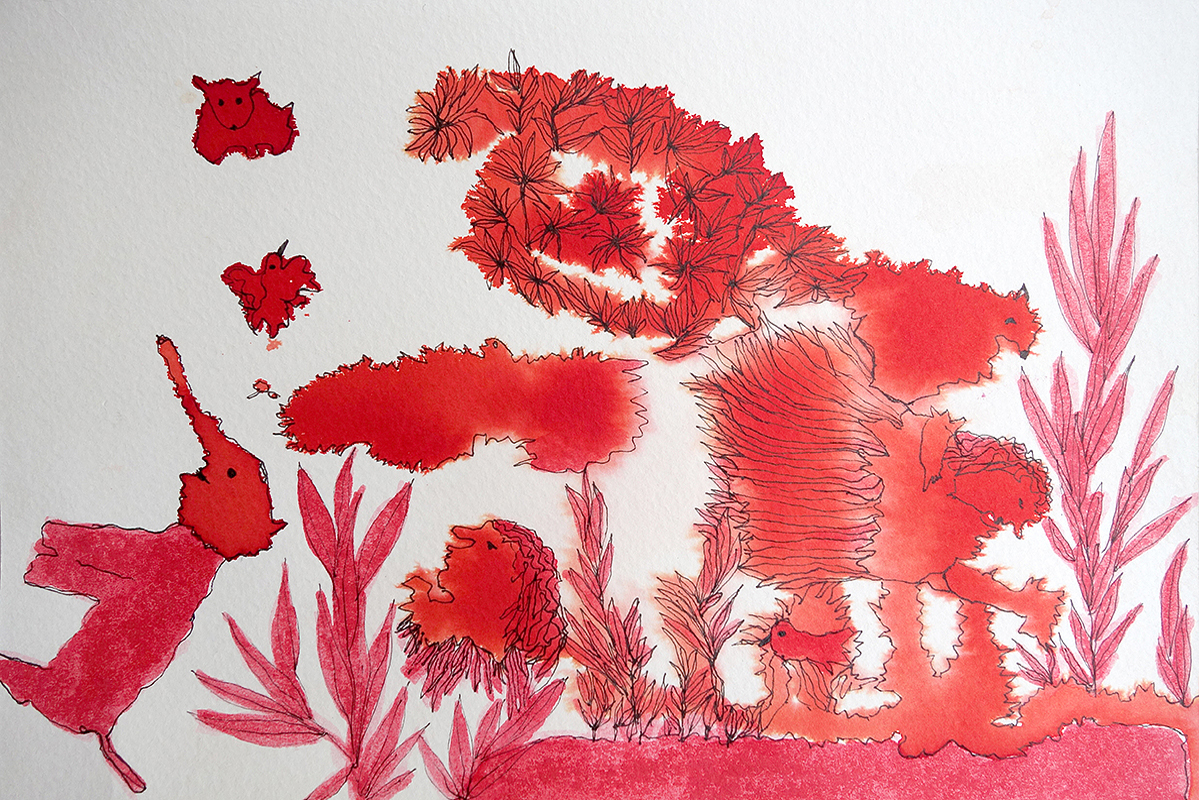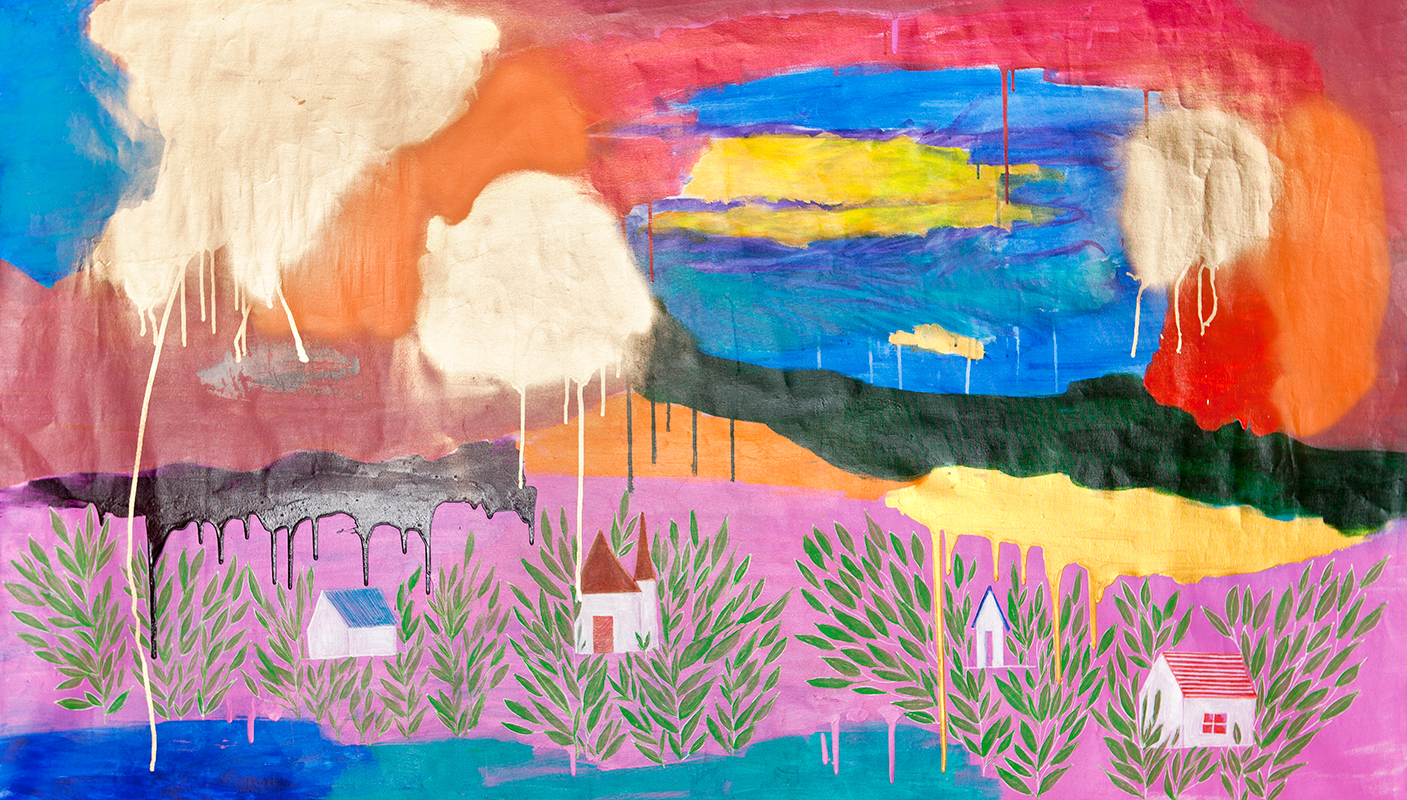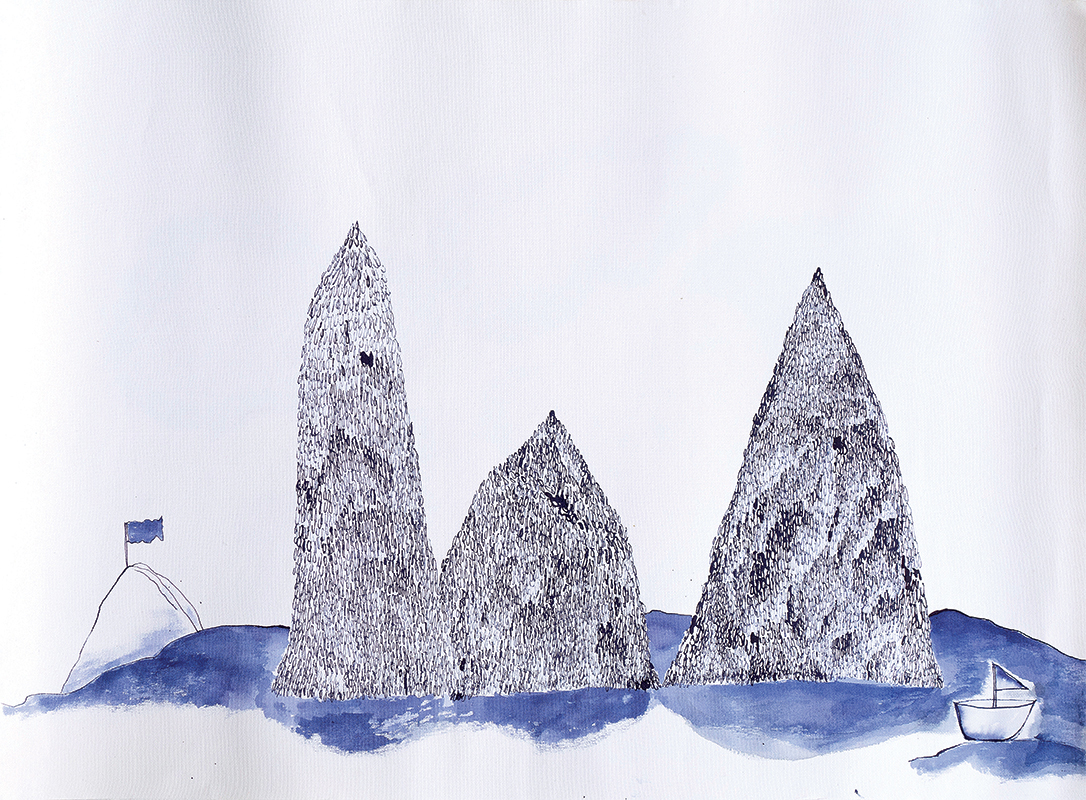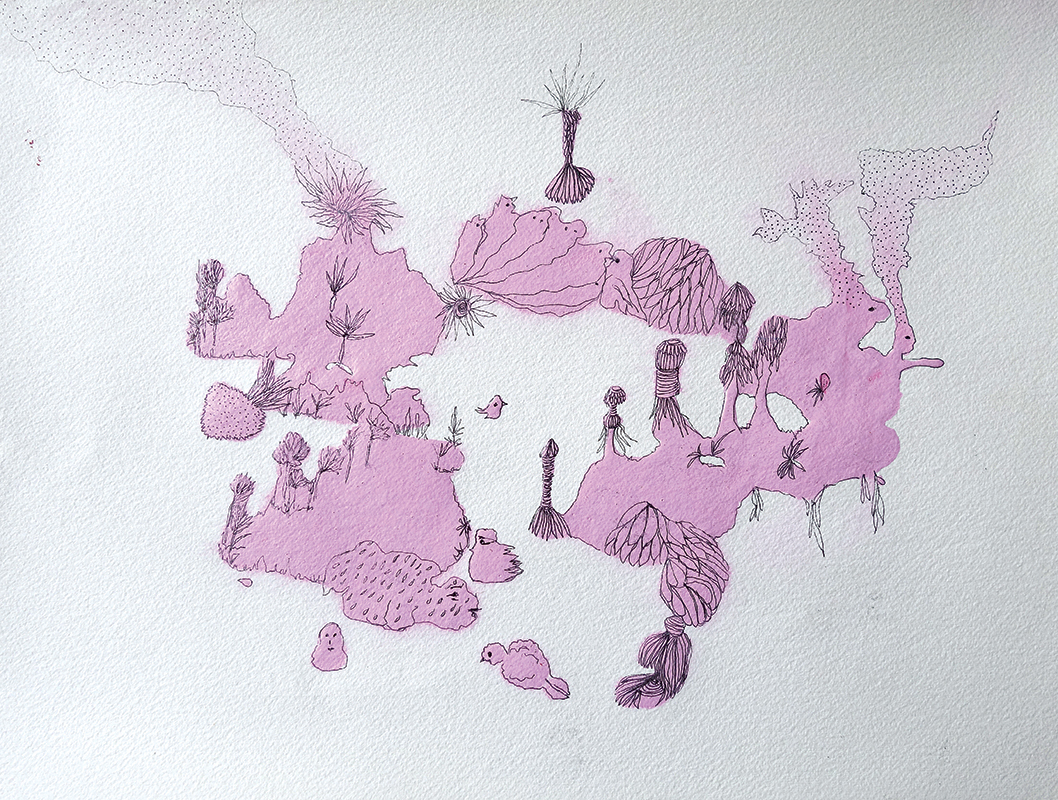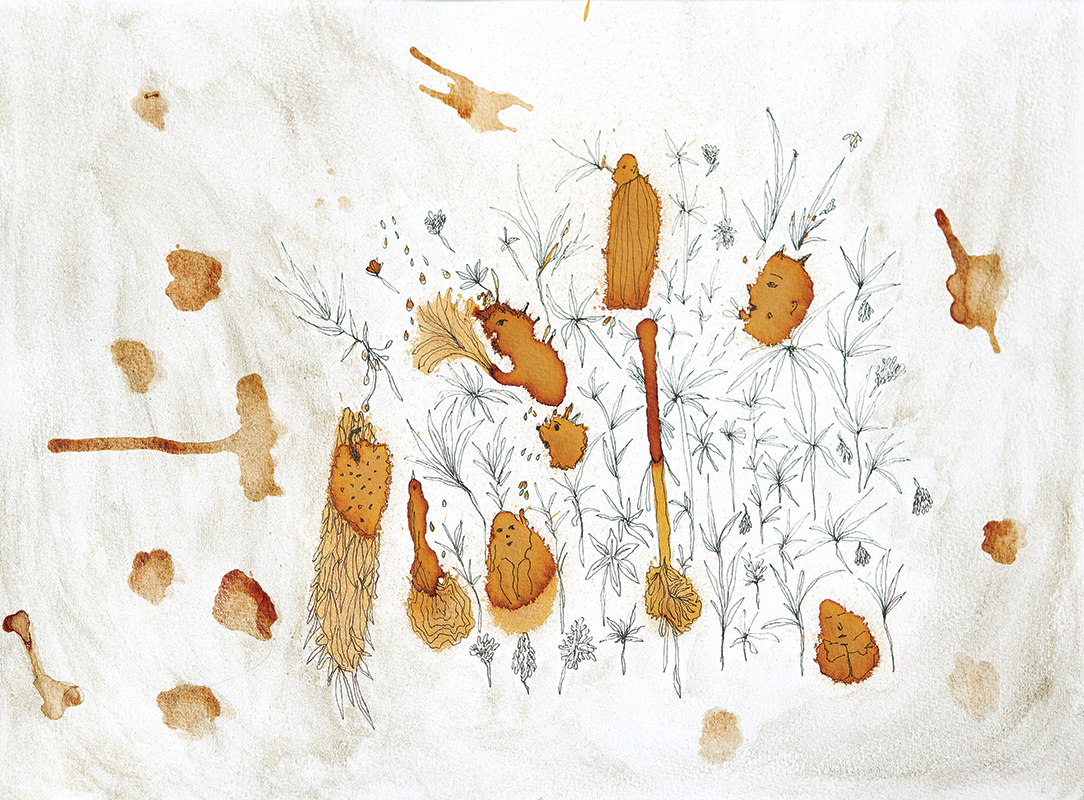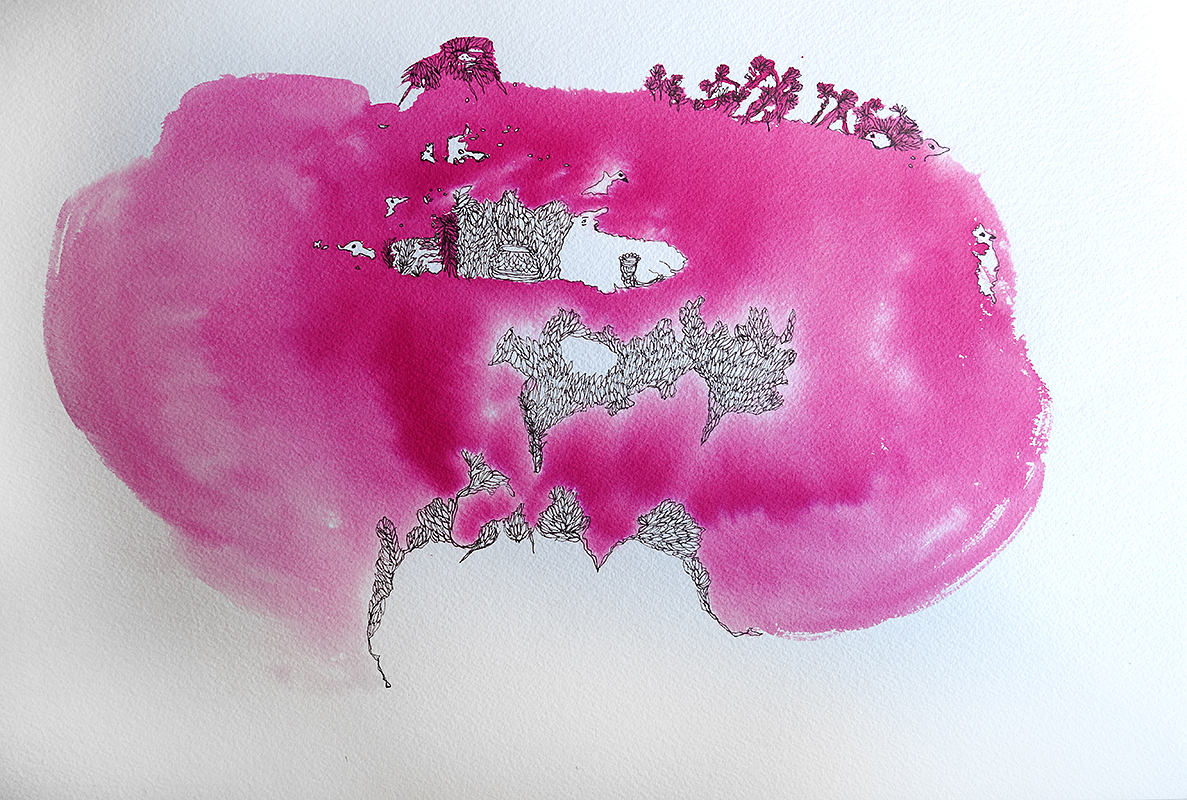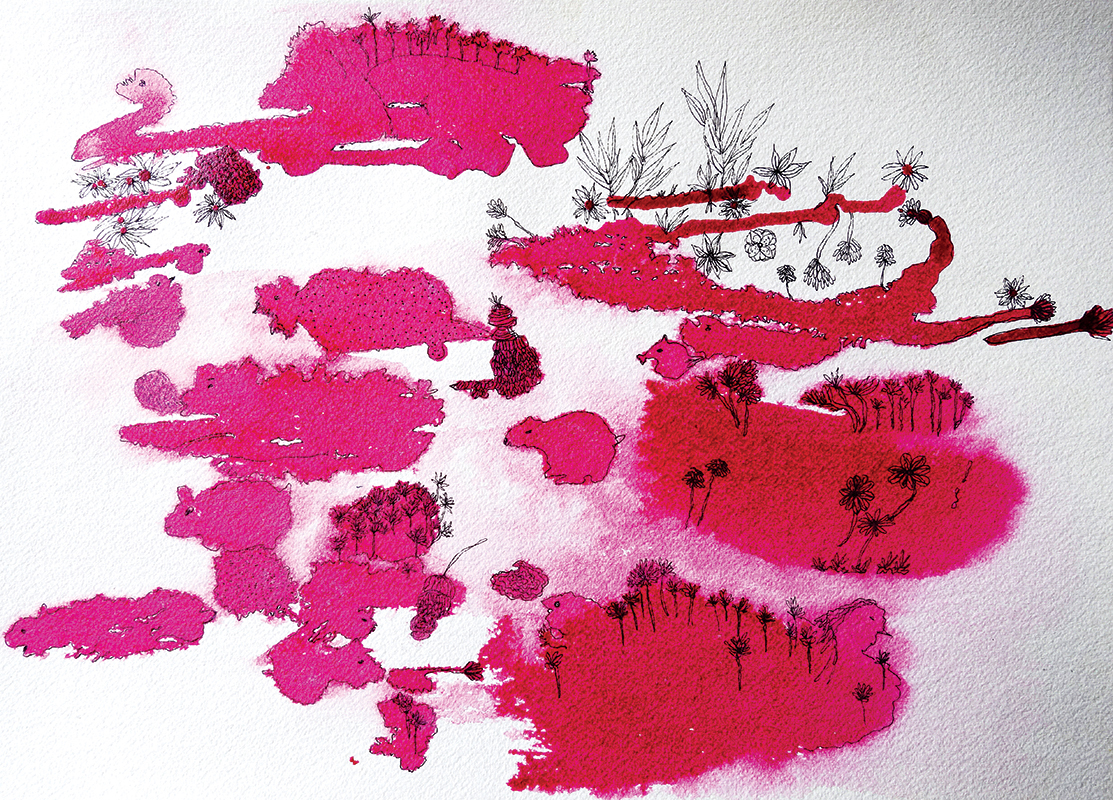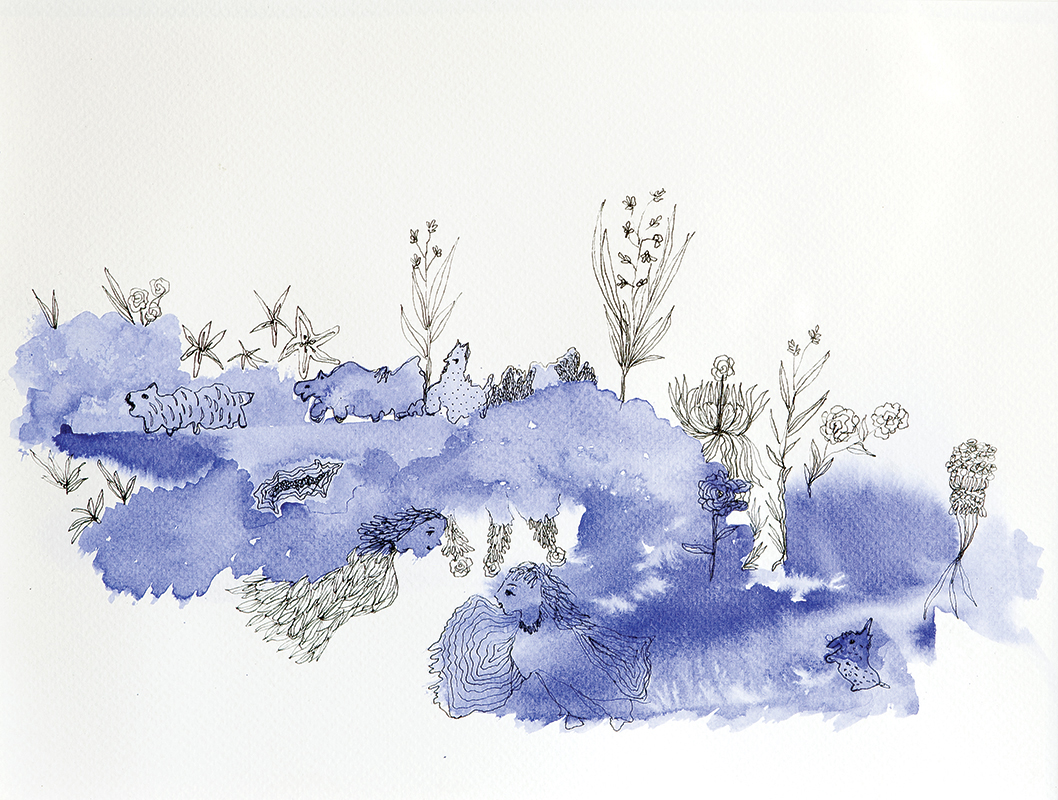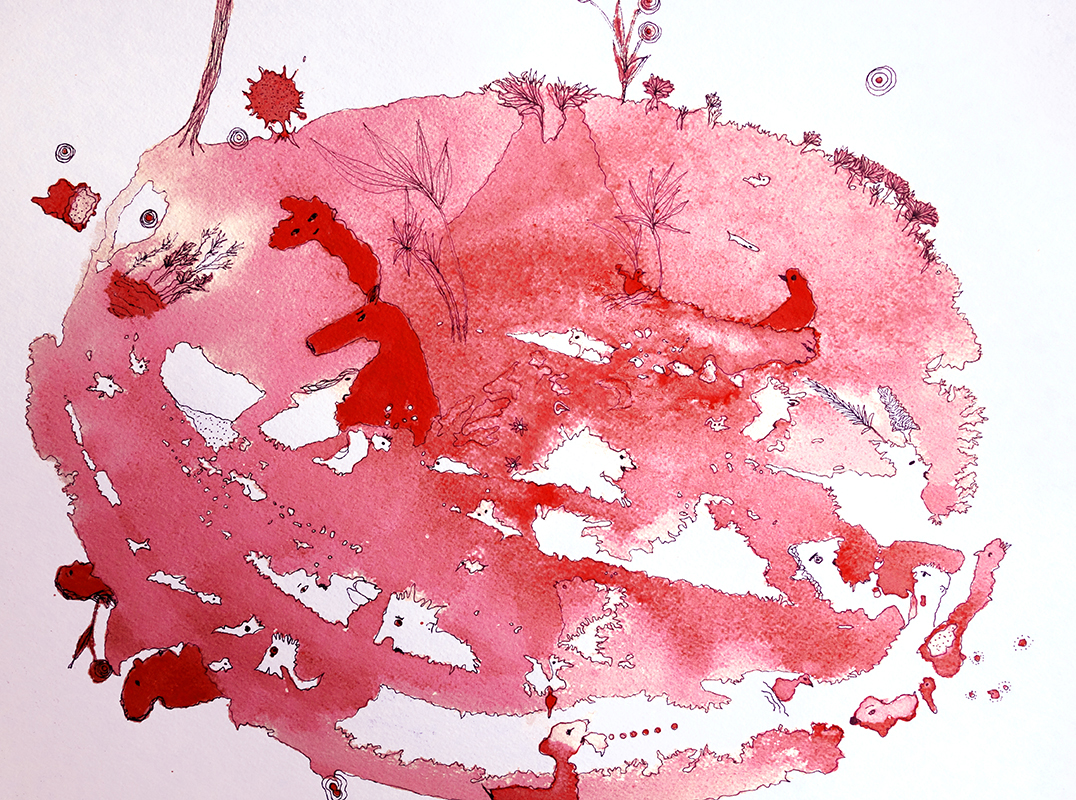ART
SAND CASTLES
“Castelos de Areia” (Sand Castles) brings in its title the symbology of a nostalgic atmosphere, a promise of romantic happiness, at the same time as it refers to the fear of the unknown – of what can be dissolved at any time. Katia Canton’s work as a visual artist, which is the result of years of intense interdisciplinary activity and academic research brought into her authorial project – at times lyrical and at times with a certain critical irony – produces this effect. It creates a dialog with the human desire for enchantment and mystery. It deals with the contradiction between the beauty of fairy tales and the harshness of the unknown, the darkness and the fear.
The term “sand castle” can appear in the most unexpected places. Bringing it to everyday life, it takes us to children’s play on the beach, but it also refers to illusions, which are constructed without firm foundation and tend to disintegrate like sand castles when exposed to sea water. Katia makes no concessions to anyone who dares to get close to her work, although she frequently proposes a ludic play, presenting the reality in apparent equilibrium. This series bring large and delicate paintings, of a bucolic everyday life, replete with houses and trees, revealing by its turn, something new, when they are marked by a big stain running through the ready image. That translates into an impression of suspension, of falling apart, and silence. The exhibit is expanded beyond sand castles, with series that belong to the artist’s repertoire.
“Acasos” (Chance) is a series of drawings and paintings even more oniric, where the artist allows the imagination to fly. It reveals human tensions, nonetheless with sweetness and fantasy, reviving our imaginative capacity. Dream and reality seem to coexist in harmony. The softer or monochromatic colors welcome and give voice to shapes. In these, the artist explores her fantasies in a ludic way, through loose figures and complements. She lets stains emerge from her fingers, slowly conquering forms. Then they become alive, open up, reinvent themselves and subdivide. This series is made to be discovered, one at a time, in a detail, in a figure. You enjoy, in such action, the freedom of observation.
The drawings of the series “Contos de Fadas” (Fairy Tales) seem like summaries of stories told, of time elapsed and of the distance traveled to get to them. They rescue the long gone childhood people continue to hang on to, as if trying to capture it and keep it for a future.
The works make us watch the passage of time, the transformation. They are connected to fertility, reproduction and death. They always seem to be implied, an invitation to a journey of mystery. The artist gives new meaning to acclaimed stories to speak about discrimination, intolerance, oppression. Some works speak of absence. At the same time they suggest presence and memories, and also speak of solitude and detachment. Sometimes they give rise to feelings of melancholy, sometimes of pleasure, other times of fear.
Here, Katia walks through the simplicity of the shapes, hiding the harshness of reality, but including the critical comment on the different aspects of what defines us as human beings. In this series she seems to discuss the concept of gender, but, in fact, talks about power. These are works where men seem to be the powerful sex, but are the silent sex, once those who always speak are women.
Each work of this series is a little, open narrative. Like “Chapeuzinho e O Lobo” (Red Riding Hood and the Wolf), which exposes complementary pairs. And the strange fairies, portrayed otherwise in elongated, elegant shapes. Or “Bela Adormecida Grávida” (Pregnant Sleeping Beauty) and “Chapeuzinho na Floresta” (Red Riding Hood in the Forest), clearly leaving the rest of the story yet to come. The characters are placed on the paper. Over their curved faces are scenes that portrait entire episodes, stretched, shrunk, inverted. They are like dormant ghosts in our memory. All drawings of this series show themselves to the first look as sweet and romantic, but leave a bitter taste at the end.
The paintings of the series “Profundezas do Bosque” (Deep in the Woods), emerge from words and literary tribute. Phrases written by the artist on the canvas are later veiled by the paint and become intangible marks that disappear little by little. In the excitement of color, the phrases lead it towards reflection, command it and calm it down, before more and more layers of paint are successively weaved together on the canvas.
Words and feelings are hidden forever by protective layers of paint. The result is the image of memory itself, alive, incomplete, and pierced by absence, inhabited by an ancient, familiar pulsation. With this, the work comes to our eyes through its own imperfections, through the successive paths it crosses and the memories left from that. Katia makes a nostalgic painting, yet, at the same time, strongly incrusted in the present with a presence that endows it with its own potency. By superposing strong colors, she seems to reveal the movement of attitudes and gestures. She shows an uncontained desire to indulge herself, an inherent thirst for life.
There is another series of drawings and paintings that is more oniric, where the artist lets the imagination run free. The photographs “Contos de Fadas da Vida Real” (Fairytales of Real Life) move between the sacred and the profane. They are a work in progress initiated in 2009, recording images in the limits between fantasy, desire of purity, and transgression that characterize the human in us.
The series “A Cura Pelas Histórias” (Healing Stories), painted with medications – iodine, rifocin and gentian violet – make the resulting colors profound and dramatic. Katia draws the figures and dyes them with ocher and trespass them with burning red and violet, impregnating the pain and the urgency.
I look at the painting the artist creates for that object, I observe it again and then it happens. We are transported back to the past, to the memories of others in their infinite nuances and their other stories, their sublime, delicate, strange, and subtle images.
Adriana Rede
Independent curator

